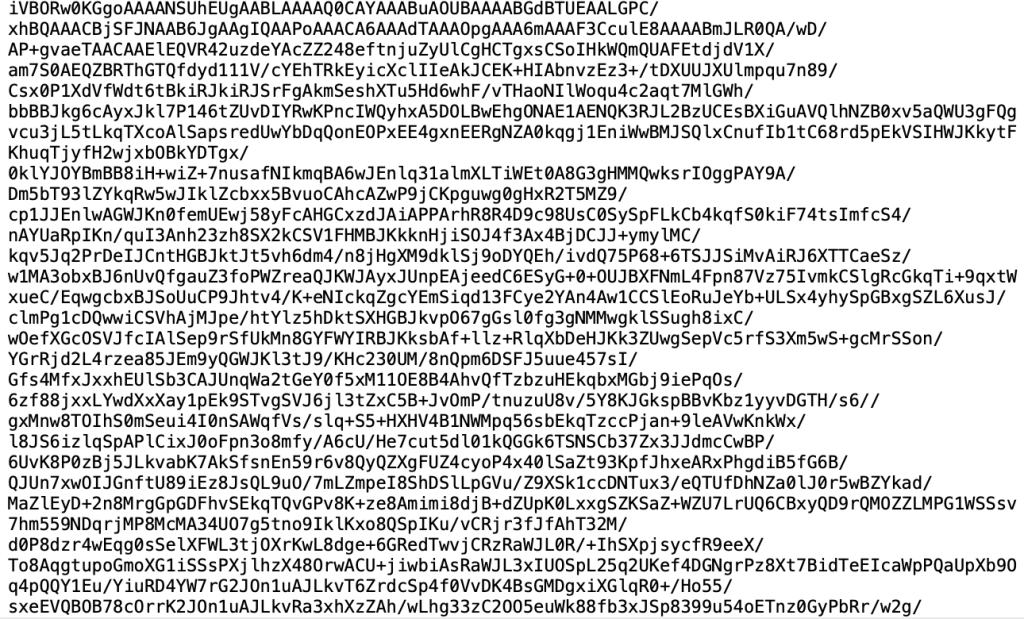Estimated reading time: 1 min

The Base64 encoding is a common technique used to convert files like images, videos, or documents into a format with only letters, numbers, and symbols.
Why Use Base64? Copy Link
Some systems have a limitation on the types of data they can take like emails or URLs. Base64 encoding allows you to convert binary data (0,1) into a text format that these systems can understand.
Common use cases for Base64 encoding: Copy Link
- Embedding Images in Emails: Some email systems, like Gmail, do not allow directly embedding images. Base64 encoding allows you to convert the image into text, ensuring that it arrives safely within the email body.
- Storing Data in URLs: URLs have limitations on what characters they can contain. Base64 encoding helps represent various data types within a URL without breaking it.
- Data Transmission within Apps: Many mobile apps rely on Base64 encoding to transmit various data types (like images or user information) securely within the app’s communication channels.
Things to Remember:
– Base64 encoding makes the data larger (about 33% larger).
– It’s not a primary security measure on its own.
– It’s a common technique for data transmission and storage in various applications.
For more detailed documentation please refer to the Wikipedia link here.
– Base64 encoding makes the data larger (about 33% larger).
– It’s not a primary security measure on its own.
– It’s a common technique for data transmission and storage in various applications.
For more detailed documentation please refer to the Wikipedia link here.
Create your Base64 encode Copy Link
For example, if you want to send an attachment file within your Gmail Method, follow the steps below:
Let’s go to https://www.base64encode.org , to encode your file into Base64 first.
Go to this section:

Select your file then
- Click on the button ENCODE
- Under the Encode button, click on “CLICK OR TAP HERE” to download your encoded file. When you open that file, you will get something similar of this:

- Now you can Copy these Characters and use them in Wiresk to send files (in fields “content(base64)”.